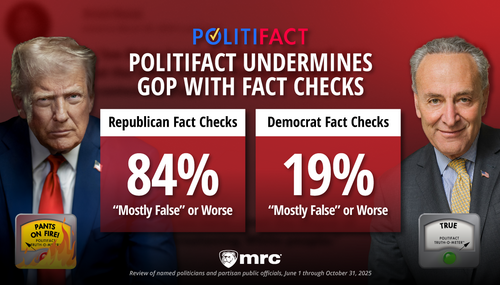 Basic economics evidence indicates when taxes are cut, individuals and businesses flourish. But liberals refuse to accept that.
Basic economics evidence indicates when taxes are cut, individuals and businesses flourish. But liberals refuse to accept that.
MSNBC economic analyst for Morning Joe Steve Rattner claimed on April 27, that President Donald Trump’s proposed tax outline would not create three percent economic growth because Reagan-era supply side economics has been “pretty thoroughly discredited.”
History disagreed with him. So did The Wall Street Journal and others.
“[T]he economic evidence is substantial that lower marginal tax rates provide the biggest growth bang for the buck,” the Journal editorial board declared on April 27. As proof, it cited the Reagan-era tax cuts Rattner attacked, after which “growth averaged 4.8%” and “growth effects continued to pay dividends into the 1990s.”
FreedomWorks president Adam Brandon also analyzed the proposed tax cuts and projected they would create more grown that Rattner and Morning Joe claimed.
“With a greater standard deduction for individuals and a dramatically slashed rate for corporations, this idea is on track to see economic growth of 3% to 4% and put the American economy back on track,” Brandon wrote in a USA Today op-ed April 27.
Trump’s tax outline released April 26, included lowering the corporate tax rate from 35 percent to 15 percent and reducing the seven income tax brackets to just three. The new brackets would have tax rates of 10 percent, 25 percent, and 35 percent.
When BCC World News America anchor Katty Kay asked Rattner if the U.S. could move beyond the current two percent growth rate to three percent were the plan implemented, he said “no.”
“What makes an economy grow,” according to Rattner, is “more people working, and 2) more people working efficiently, productively and-and producing more stuff. And some of these tax elements would help in that direction, but a lot of them really have nothing to do with that.”
Rattner’s analysis was faulty, according to conservatives, because he did not accept what the Journal explained: “in the real world people and companies will change their behavior in response to better incentives, the economy will grow faster, and over time revenues will grow faster than without reform.”
“If anything close to his [sic] this reform can survive the political maelstrom, it will go a long way toward returning to the abundance of the 1980s and 1990s,” the Journal concluded.





